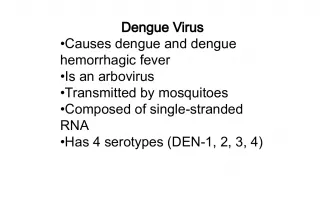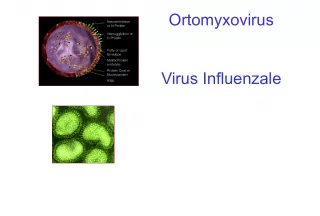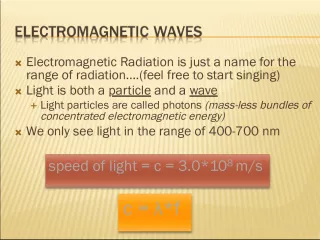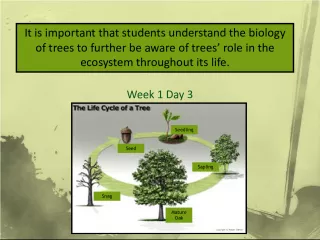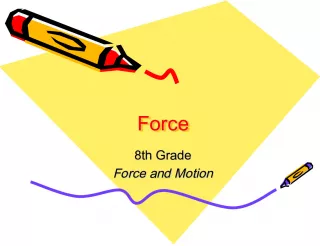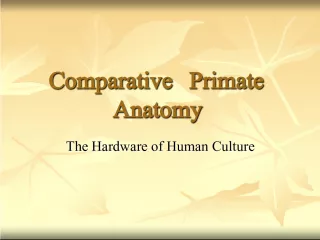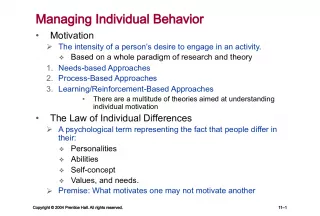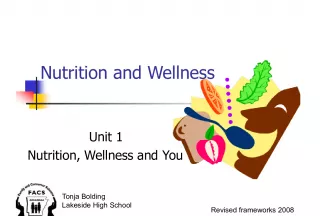Understanding Hepatitis C Virus and Serine Protease Inhibitors
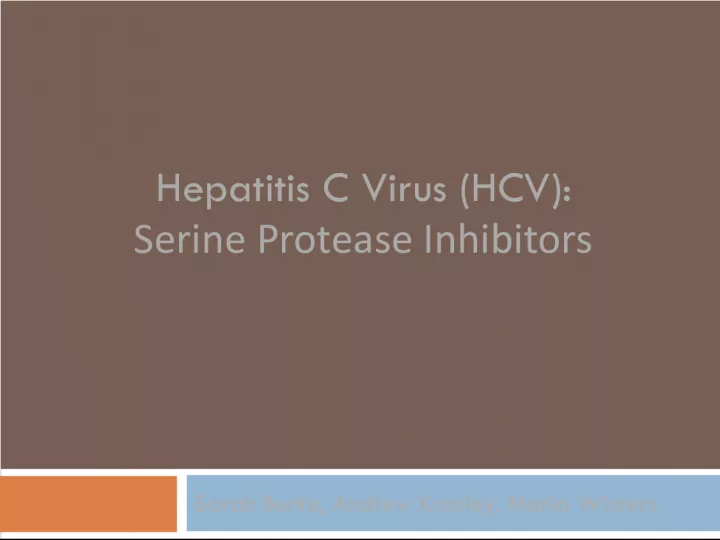

This article discusses some key facts and statistics about Hepatitis C Virus (HCV), its basic characteristics, and the potential role of serine protease inhibitors in managing the disease.
- Uploaded on | 9 Views
-
 chloewong
chloewong
About Understanding Hepatitis C Virus and Serine Protease Inhibitors
PowerPoint presentation about 'Understanding Hepatitis C Virus and Serine Protease Inhibitors'. This presentation describes the topic on This article discusses some key facts and statistics about Hepatitis C Virus (HCV), its basic characteristics, and the potential role of serine protease inhibitors in managing the disease.. The key topics included in this slideshow are Sarah Burke, Andrew Krasley, Maria Winters, Hepatitis C Virus, HCV, Serine Protease Inhibitors,. Download this presentation absolutely free.
Presentation Transcript
1. Sarah Burke, Andrew Krasley, Maria Winters Hepatitis C Virus (HCV): Serine Protease Inhibitors
2. Some Statistics 3% of the world population and 1.3% of the United States are infected with HCV. HCV is the leading cause of liver transplantation. HCV is 5x more widespread than HIV. http://www.hivandhepatitis.com/2008icr/aasld/docs/111808_c.html
3. HCV Basics HCV has surface proteins which recognize the liver cells it ultimately infects. HCV has an icosohedral core like HIV. HCV contains single- stranded positive sense RNA. This means that it is similar to mRNA and can therefore be immediately translated by the host cell. http://people.rit.edu/japfaa/infectious.html
4. How To Contract HCV http://www.youtube.com/watch?v=tQIUV_cSll0
5. HCV in the Body HCV targets hepatocytes (liver cells) because the liver is its main replication site. HCV is very similar to HIV in that it attaches itself to the hepatocyte and releases its genetic material into the cell. It then hijacks the cell and replicates. Ultimately the liver becomes inflamed and cirrhosis can occur and lead to death.
6. Effect of HCV on Liver Uniform and smooth healthy liver. Liver from individual who died from cirrhosis.
7. Current Treatments: Interferons Interferons (IFN) are glycoproteins which stimulate the immune system. IFN- can be injected into the bloodstream as a treatment of HCV. More recently PEGylated-IFN- s have been used. PEG gives the IFN- better PK properties such as solubility and half-life.
8. Current Treatments: Ribavirin Ribavirin is a prodrug which resembles RNA nucleotides. The mechanism of action is unknown, but it somehow interferes with production of viral RNA and prevents HCV from replicating.
9. Downfalls of Current Therapies Only effective on 40-50% of patients with the most common form of HCV. IFNs not directly act on the virus and the virus can quickly replicate to overcome ribavirin. They cause side effects such as: Fatigue, fever, and headaches Depression and insomnia Cough, skin rash, and chest pain
10. New Target: NS3 Protease Hepatitis C RNA encodes for a polyprotein that is 3000 amino acids long. This is cleaved by viral and host proteases to form structural and nonstructural proteins. The nonstructural (NS) proteins are further processed by two viral proteases, NS2/3 and NS3.
11. More About the NS3 Protease 180 amino acid serine protease with a His-57, Asp-81, and Ser-139 catalytic triad. In order to be actived it must be bound to an NS4a cofactor. Located at the N- terminal end of the NS3 protein. Contains a shallow active site on the surface of the enzyme. http://www.biomedcentral.com/1472-6807/5/1
12. Two types of NS3 Protease Inhibitors Form a reversible covalent bond with serine in the active site. Aim to bind more strongly to active site than substrate through noncovalent interactions. -ketoamides Competive, noncovalent inhibitors
13. Mechanism of Action of -ketoamides These are typically peptides containing an electrophile that form reversible covalent bonds with serine139 in the active site.
14. Serine Protease Mechanism
15. Alpha-Ketoamide Inhibitors http://www.rcsb.org/pdb/explore/jmol.do?structureId=2OC0&bionumber=1
16. General PK Information
17. Challenges in Modern Drug Discovery: A Case Study of Boceprevir, an HCV Protease Inhibitor for the Treatment of Hepatitis C Virus Infection F. George Njoroge et al.
18. Selecting a Target NS3-NS4A protease Screened 4 million compounds No leads generated Structure based design Look at substrate-enzyme active site interactions Account for oral bioavailability/PK properties Exploit H-bonding and hydrophobic interaction
19. Testing Inhibitors Cell-based replicon system of HuH-7 cells http ://huh7.com/ HCV NS3 protease continuous assay Lack of small animal model Severe immunodeficiency disease (SICD) mice Chronically infected chimpanzees Many are compared against human neutrophil elastase (HNE) Many are compared against CYPs
20. Creating a Drug
21. cyclopropylalanine cyclopropylalanine cyclohexylglycine isobutyl carbamate cap phenylglycine carboxylic acid
22. gem -dimethylcyclopropylproline tert -butylglycine tert-butyl carbamate dimethylamide
23. P2
24. substituted hydrazine urea
25. macrocyclization tert -alkyl ether linkage
26. dimethylcyclopropyl-proline macrocyclization
27. Boceprevir cyclobutylalanine urea -center
28. Performance
29. X-ray of Bioceprevir Bound in Pocket cyclobutylalanine dimethylcyclopropylproline tert -butylglycine urea capping group H-bond
30. Discovery of Narlaprevir (SCH 900518): A Potent, Second Generation HCV NS3 Serine Protease Inhibitor Ashok Arasappan et al.
31. Major Goals Design a second generation HCV NS3 Serine Protease Inhibitor ( - ketoamide class of slow- binding reversible inhibitors) Eliminate purification issues by developing a molecule that exists as a single isomer Focus on in vitro potency and PK profile Boceprivir Narlaprivir
32. Crystal Structure of Bound Boceprivir
33. SAR Studies Lead to t-butyl Sulfone Initial attempts showed improvement in replicon potency and rat PK properties Monkey exposure was more of a challenge t-butyl sulfone moiety showed an EC 90 = 100 nM with good bioavailability in monkey plasma
34. Synthesis: Route 1
35. Curtis Rearrangement Mixture of P1 Diastereomers
36. Synthesis: Route 2
37. Optimized Stereoselective Synthesis of 37
38. SAR Studies Investigating P1 P 2 o allyl amides showed desirable rat PK profile Allyl (or small alkyl groups) were not tolerated well with certain P1 groups Identification of the best P-P1 combination was desirable.
39. P SAR of Inhibitors of Type 15 P SAR of Inhibitors of Type 15
40. Table 3 : Discovery of P1 Moiety Table 3
41. Synthesis of P1-P intermediate Synthesis of Intermediate Passerini Reaction Mechanism
42. Comparison of 37 & 70 Compound AUC (monkey/rat/dog) M Bioavailability (monkey/rat/dog) Boceprivir 0.1/1.5/3.1 4-11%/26%/30% 37 1.1/6.5/0.9 46%/46%/29% 70 -/2.1/0.5 -/21%/16%
43. NS3 Protease Bound X-ray Structure Containing 37
44. Montse Llinas-Brunet* et al Discovery of a Potent and Selective Noncovalent Linear Inhibitor of the Hepatitis C Virus NS3 Protease
45. Major Goals of this Research After the failure of their initial macrocyclic lead compound, these authors set out to find a new series of potent noncovalent inhibitors. Goal was to develop a linear tripeptide with single digit nM EC 50 and IC 50 values. They also wanted to study the PK properties of their compounds, specifically plasma concentrations and oral bioavailability.
46. Previous Studies: Macrocyclic Inhibitors Previously reported C- terminus carboxylic acid containing noncovalent inhibitor of NS3 protease. P1 residue: 1-amino-2- vinylcyclopropylcarboxylic acid (vinyl-ACCA). Advancement of this compound was discontinued because of cardiotoxicity in monkeys. Vinyl-ACCA
47. Previous Studies: Linear Inhibitors The authors have previously published on linear inhibitors like compound 2 which are easier and less costly to synthesize. This peptide backbone forms many favorable interactions with the active site.
49. Synthesis
50. Synthesis
51. Synthesis
52. SAR Studies on Capping Group
53. SAR Studies on Aminothiazol and Quinoline Moieties
54. PK Studies
55. More SAR Studies
56. PK Studies
